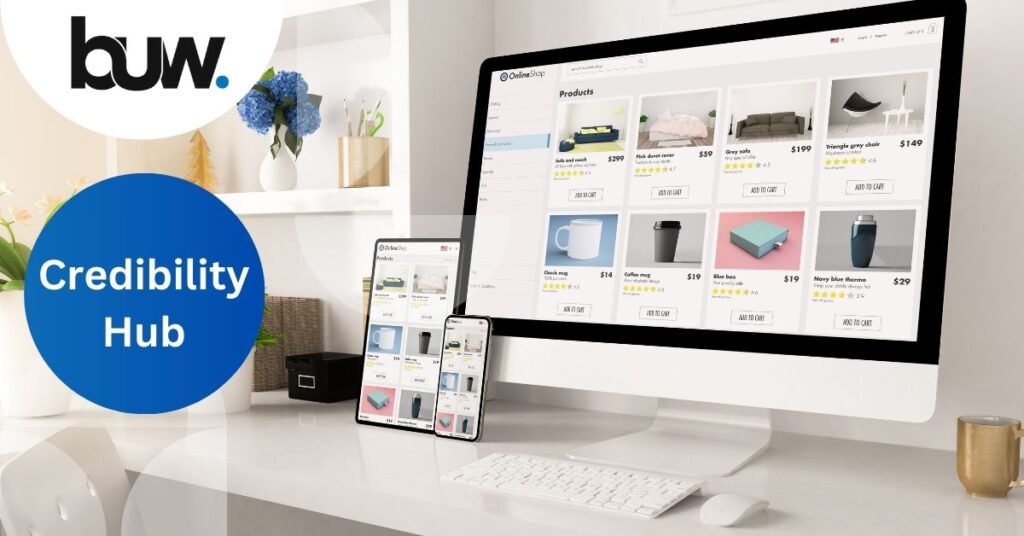5 Common Mistakes to Avoid When Using HotJar for Website Conversion
In today’s digital landscape, understanding how users engage with your website is important. Each click, scroll, and action taken by visitors provides valuable information about their preferences and behaviours. Website analytics provides the data you need to make informed decisions and improve the user experience. The good news? You don’t need to be a data scientist to acquire great information about your audience. Two excellent tools provide different ways to understand user behaviour: Hotjar and Google Analytics. But which one is the best? It may surprise you to learn that 56.7% of all websites use Google Analytics to monitor and evaluate visitor activity and traffic. Not surprisingly, this powerful tool has become standard equipment for companies all around the world. Meanwhile, Hotjar is an essential tool for comprehending and enhancing the user experience, since over 900,000 websites of various sizes rely on it to acquire deeper insights into the behaviour of their users. This blog aims to provide you with valuable insights into the area of website analytics. To assist you in deciding between Google Analytics and HotJar as the best tool for your business. 5 Common Mistakes to Avoid When Using HotJar for Website Conversion Remember these 5 common mistakes, and you’ll be well on your way to using Hotjar successfully to improve your website’s conversion rate. 1. Neglecting to Define Goals Deploying HotJar without first setting clear goals and objectives is an absolute guarantee that things will go wrong. Do you want to boost sign-ups, streamline the checkout process, or figure out why people leave their carts empty? If you don’t have specific goals in mind, you run the risk of gathering unnecessary information, misinterpreting insights, and making poor decisions. 2. Ignoring the User Journey Hotjar is about comprehending the complete user journey, not just certain clicks or scrolls. Avoid getting caught up in the details of analysing each click on a page with little traffic. Concentrate on landing pages, product pages, checkout flows, and other high-traffic pages that are essential to your conversion funnel. Examine how users interact with these sites, find any areas where they get stuck, and prioritise your fixes accordingly. 3. Ignoring Feedback Loops HotJar provides a range of feedback options, including polls, surveys, and feedback widgets, to directly gather user sentiment. But if you don’t use this qualitative data in your optimisation plan, you risk missing important problems and chances to do better. By routinely reviewing and responding to customer comments obtained through HotJar, you may create a strong feedback loop that promotes continuous improvement and improves the user experience. 4. Relying Solely on Heatmaps Although heatmaps offer insightful visual depictions of user interactions, optimising a website by using them ignores the underlying context and reasons influencing user behaviour. Ignoring the need for qualitative data to supplement heatmap analysis might result in incorrect conclusions and ineffective interventions. Heatmap analysis can be used in combination with session recordings, surveys, and user feedback to provide data-driven optimisation methods and a comprehensive understanding of user behaviour. 5. Neglecting to Act on Insights Although Hotjar is an effective tool, its value depends on how you use the information it offers. Don’t merely gather information and leave it unutilized. Based on your findings, create an action plan that ranks the most significant enhancements. Monitor your modifications’ progress regularly and adjust your plan of action in light of the findings. Frequently Asked Questions (FAQs) Let’s go over some frequently asked questions from executives about common mistakes to avoid when using HotJar for website conversion 1: Can HotJar be integrated with other analytics tools? Yes, you can combine HotJar with Google Analytics enabling seamless data sharing and enhanced insights into user behavior across multiple dimensions. 2: How can I interpret HotJar’s session recordings effectively? Consider spotting reoccurring patterns, user frustrations, and places of friction while examining session recordings. To gain insight into user behaviour and pain areas, pay attention to mouse movements, clicks, and hesitation points. 3: Can HotJar track mobile user interactions? Yes, HotJar provides session recordings and mobile heatmap tracking, letting you learn about user behaviour on a variety of platforms, including tablets and smartphones. Conclusion We hope that this blog has given you useful advice on how to use HotJar for website conversion optimisation while avoiding common mistakes. You can find new ways to improve the user experience and increase conversion rates by avoiding these common mistakes and making the most of HotJar. Remember that optimisation is a journey that requires constant trial and error and improvement. Therefore, consider this before starting your next optimisation project: Are you getting the most out of HotJar, or are there any risks you should be aware of? Now is the perfect moment to evaluate your approach and improve your conversion rate! Are you ready to fully utilise HotJar? Book an appointment right now for a consultation with one of our optimisation specialists! Latha Karthigaa FOUNDER Latha Karthigaa, founder of Brandupwise (BUW) Marketing, is dedicated to improving lead generation for medium to large enterprises. Her strategic insights focus on lead generation, client acquisition, and most important of all educating the businesses and their internal teams about sustainable growth. As a transformative force in the industry, she reshapes the narrative of success for every business under her expert guidance. Contact latha(at)brandupwise(dot)com(dot)au
5 Common Mistakes to Avoid When Using HotJar for Website Conversion Read More »


